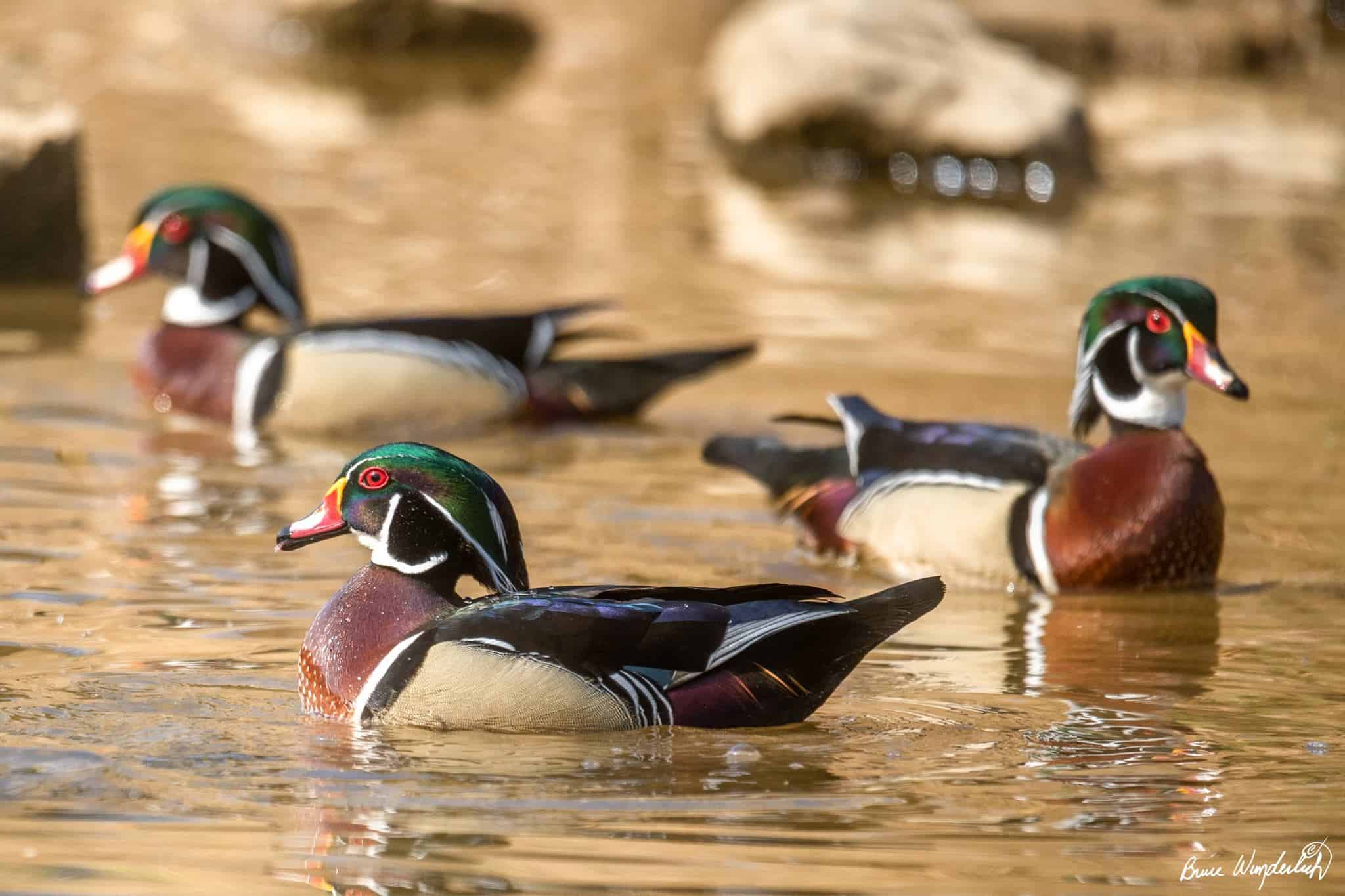
Marietta College’s Institute for Learning in Retirement asked the editor of Bird Watcher’s Digest to teach a virtual course on birding for its Spring 2021 session. I was honored and excited! It was an offer I couldn’t refuse!! The course would meet for four consecutive Wednesday afternoons for two hours. I decided to offer the students a morning bird walk for the four Saturdays after each class as a bonus. What fun it would be to introduce a bunch of eager learners to birds and birding, and take them on their first real birding outing! I planned trips to four local hotspots and fantasized about their dropping jaws when they first lay eyes on a male wood duck or yellow-throated warbler.

Wait a second. That’s eight hours of class time—on Zoom, no less. An eight-hour, indoor introduction to birds and birding. What have I gotten myself into? The class was capped at 60 registrants. SIXTY?? I expected around 15. In fact, 56 people signed up! How could I take 56 newbie birders on birding walks? So, I divided the class into four groups, and will take each group to the same hotspot, where the feeders are full and busy, but also a vista and easy hiking trails provide for good looks at birds most nonbirders overlook. I’m disappointed that I won’t get to take the entire class to different places each Saturday morning, but four groups of 13 is plenty big.
But how to fill eight hours of virtual class time? What are the basics of birds and birding that will fill eight hours? I have to assume that most of the students know very little about birds and birding, so I’ll start at the very beginning: What is a bird? I hope that topic will get them thinking about what they already know about birds: that all birds have two wings, two legs and two feet, a bill, and, most important, feathers. It’s feathers that define birds. All birds lay eggs, too. Then I’ll ask them to think about a goose and a robin. They’re both familiar birds, but consider how different they are in size, bill shape, foot shape, and habitat, just for starters.

This class will be an introduction to birds and birding, but there is a lot of variation in both. Birding can be as simple and Zen as enjoying the birds at a backyard feeder, not even worrying about assigning names to the various sizes, shapes, and colors of the two-legged, two-winged, feathered critters that partake. I suspect many of my 56 students will be content to recognize those feeder visitors, and maybe the chimney swifts and common nighthawks that commonly fly over Marietta every summer—invisible to those who aren’t attuned to them. I’ll let them know, though, about birders (like me) who long to learn about and see new and different species—which requires traveling, sometimes to far off places, off the beaten path. I’ll tell them about listing, and I’ll show them eBird.
I’ll also warn my student about how addictive birding can be, and that for those who enjoy lifelong learning, birding rewards endlessly. Forty-two years ago I took a college course titled Lab Ornithology, which gave me a head start on birding by teaching me about bird taxonomy and anatomy. As extra credit for that class, I started hanging out with the local bird club, and was instantly hooked. I’ve been joyfully amassing knowledge about birds since then, and now, for my job, I get paid to do that! Even so, I know I’ve only skimmed the surface of all there is to know and understand about birds. That’s part of the thrill of this hobby—this hobby that easily evolves into a mindset, a lifestyle.

Identifying birds—and how to go about doing do—will inevitably be an important part of this class, but birds are so much more interesting than classification and nomenclature. Knowing how bird plumage changes within a species by gender, age, season, and region; how some tiny birds fly nonstop across the Gulf of Mexico twice a year, that some birds dump their eggs into other birds’ nests; that some birds sleep—half of their brain at a time—during migration; how a woodpecker can survive slamming its head against a tree many times a day; that blue feathers are different from feathers of any other color: Appreciating birds is so much more than recognizing species, and ticking a box on a checklist. My students will learn about precocial and altricial birds; diurnal, crepuscular, and nocturnal birds; synchronous and asynchronous incubation; brood patches; and that in some birds, the females are more colorful than the males, and that the males do the incubation and childcare. Wait till they see my Powerpoint slides of long-billed curlews, and kiwis, the feet of American coot, and the vagrant painted bunting that has been in Ohio recently. Wait till they see the videos of birds of paradise, and sage grouse on a lek! Birds are so fascinating! If you’re reading this, you probably know that already. Figuring how I can talk about birds for only eight hours is proving to be more challenging than finding things to talk about!
If Marietta College asks me to teach another course on birds and birding down the road, I think I’m going to ask for eight weeks instead of four.




